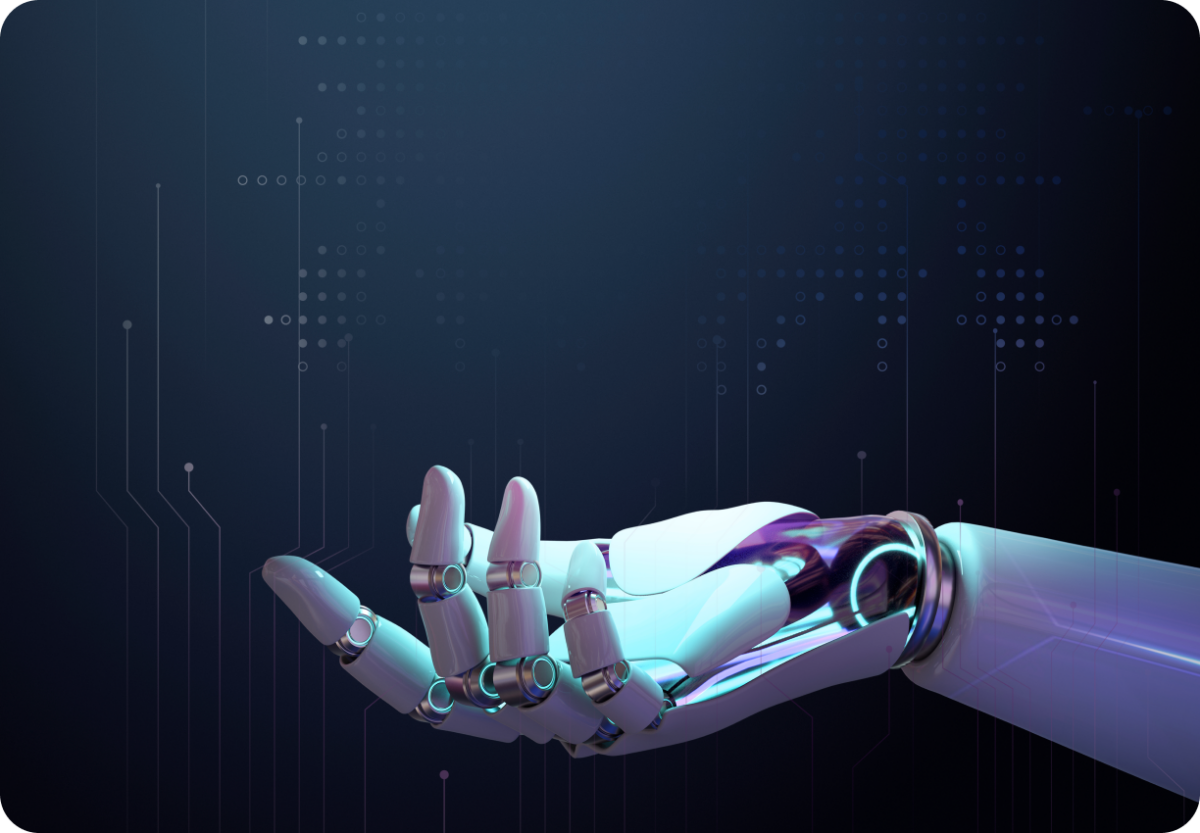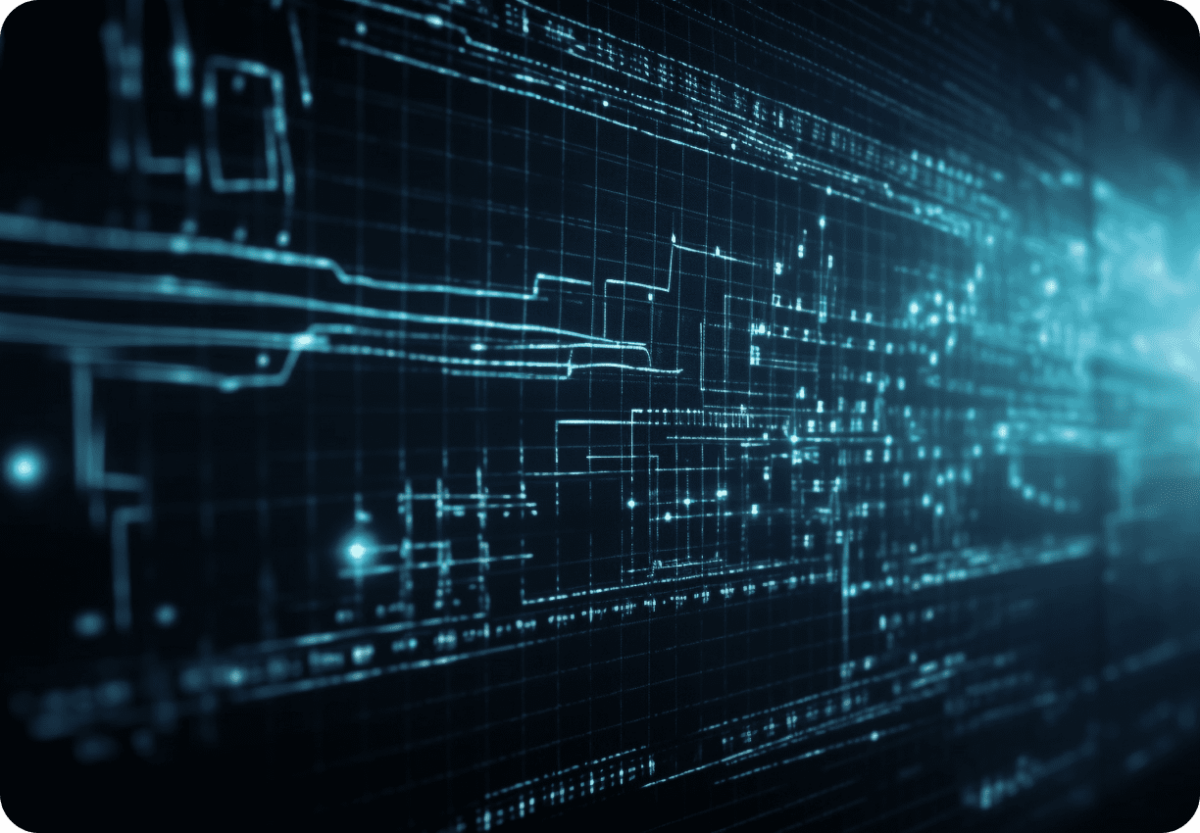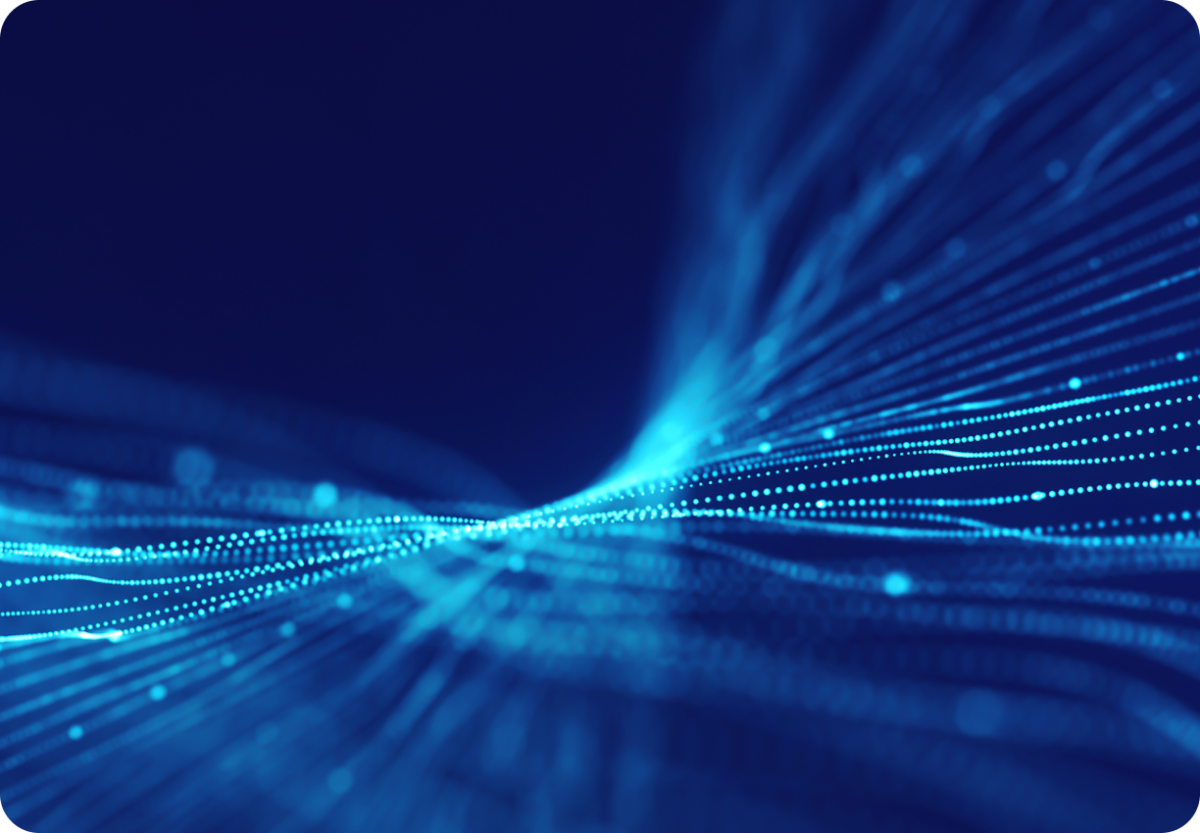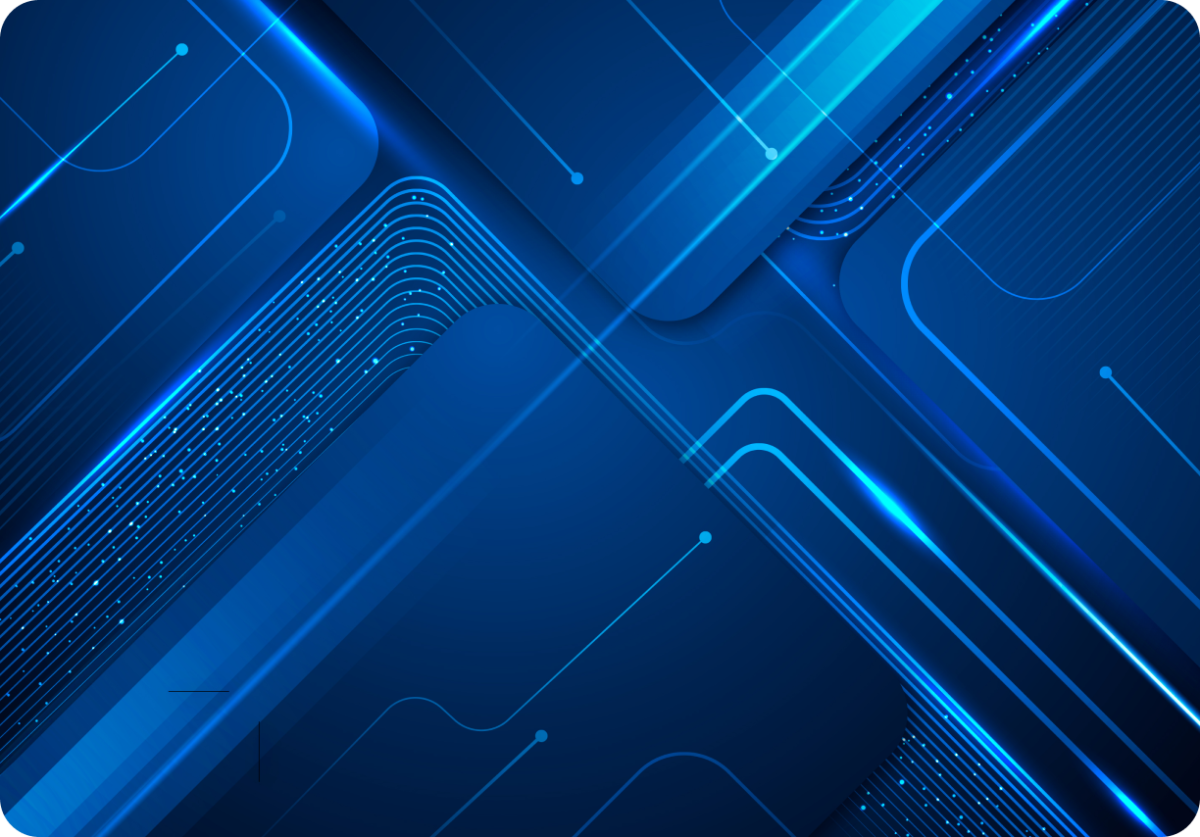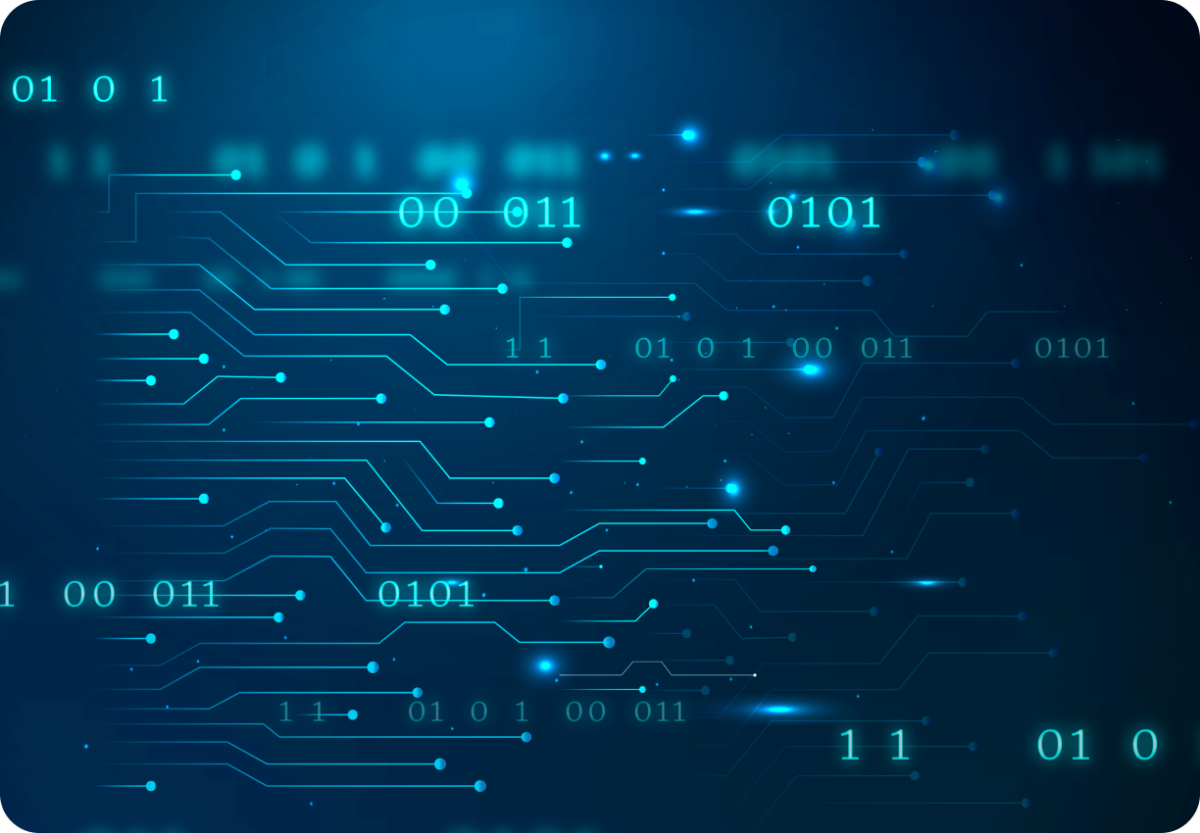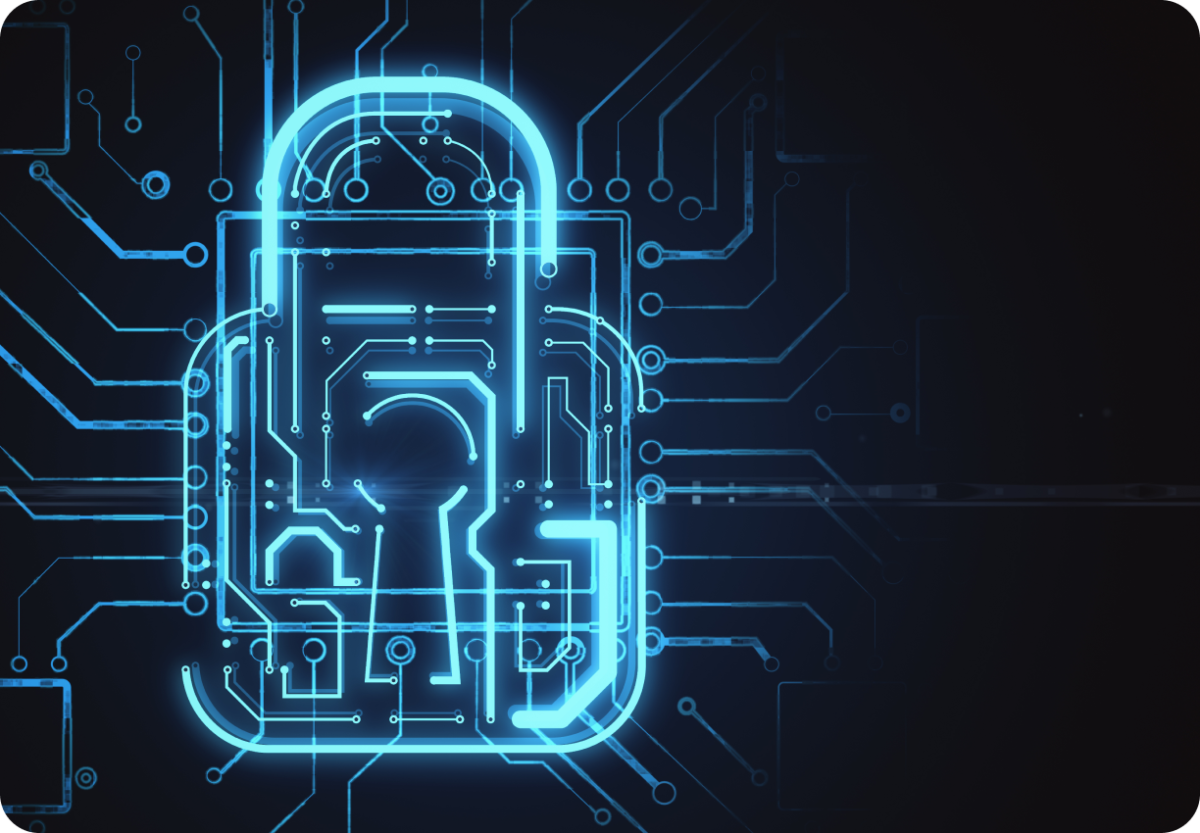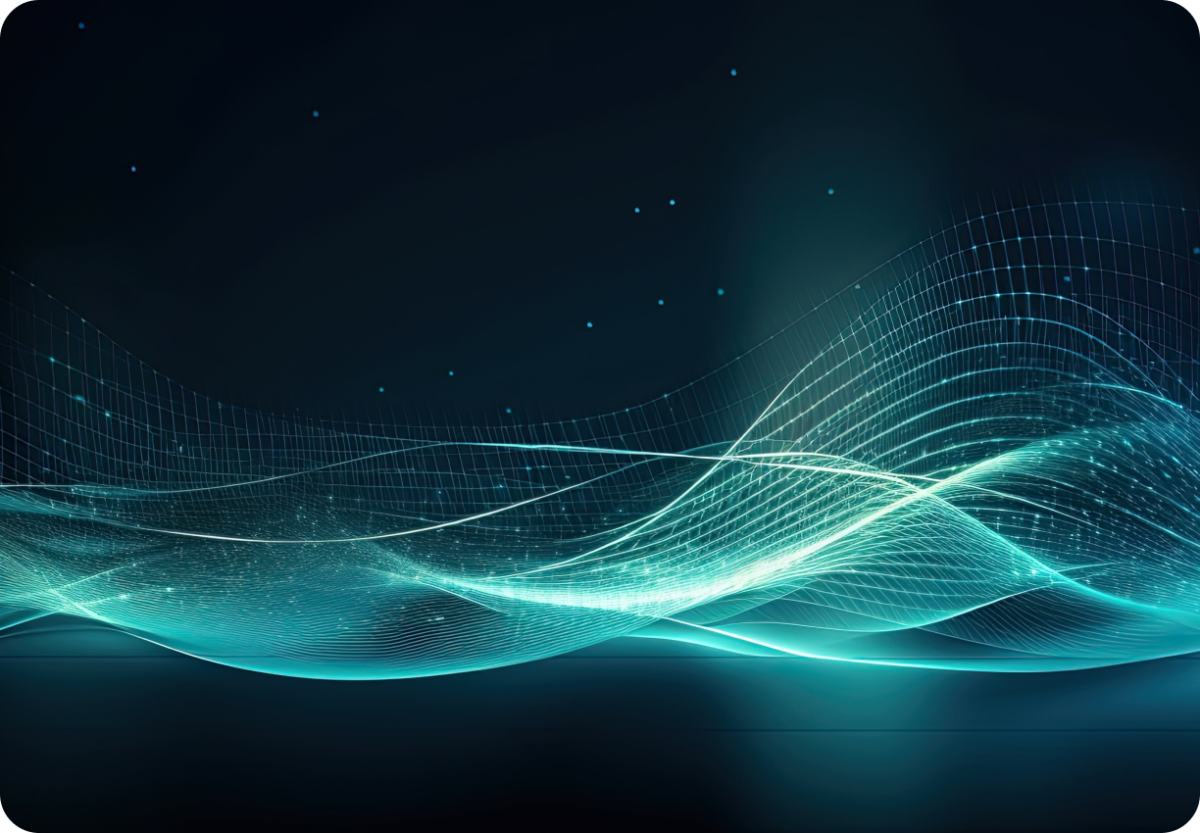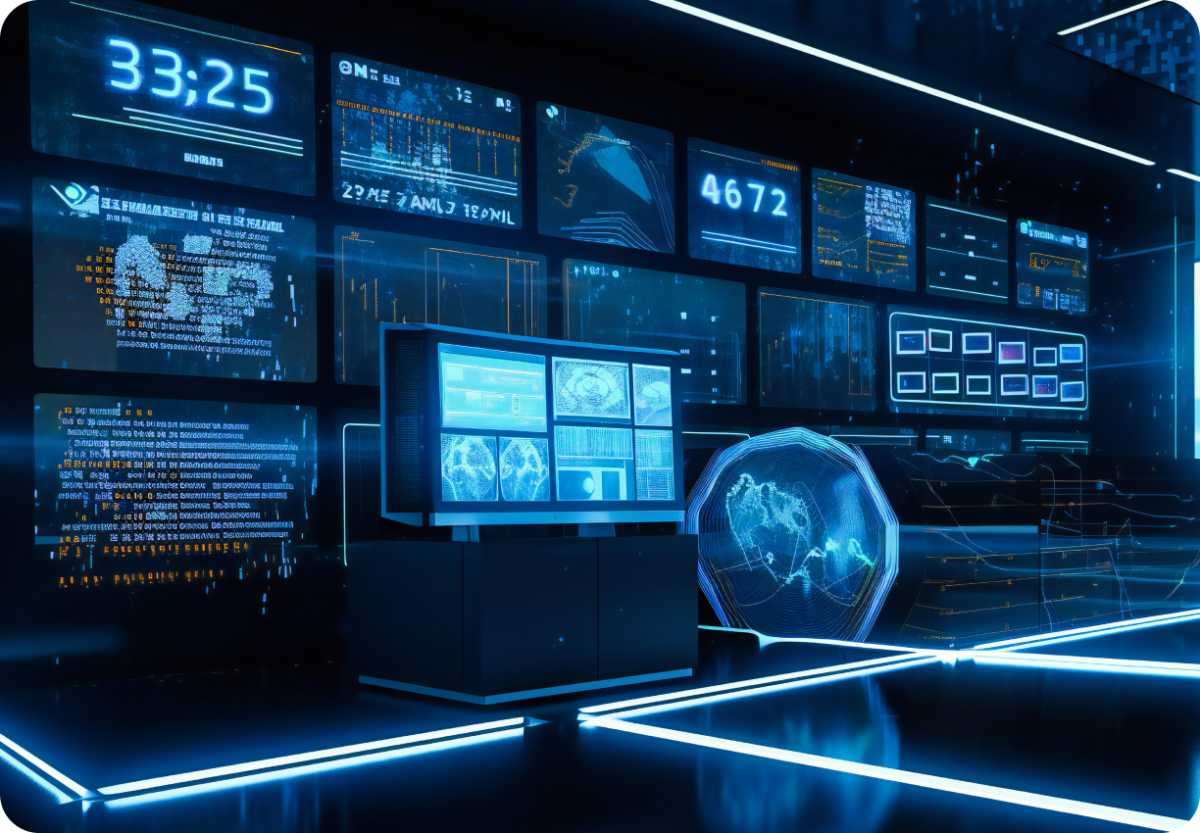What Is Application Modernization?
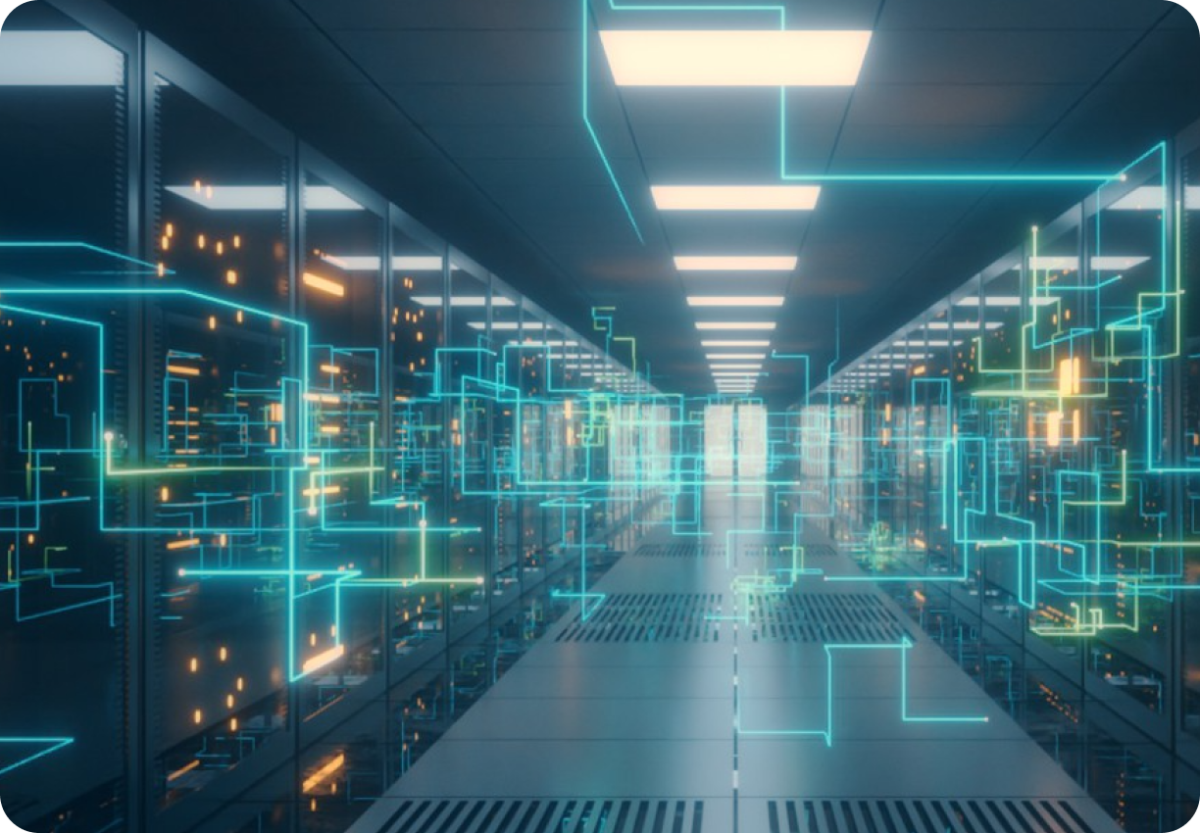
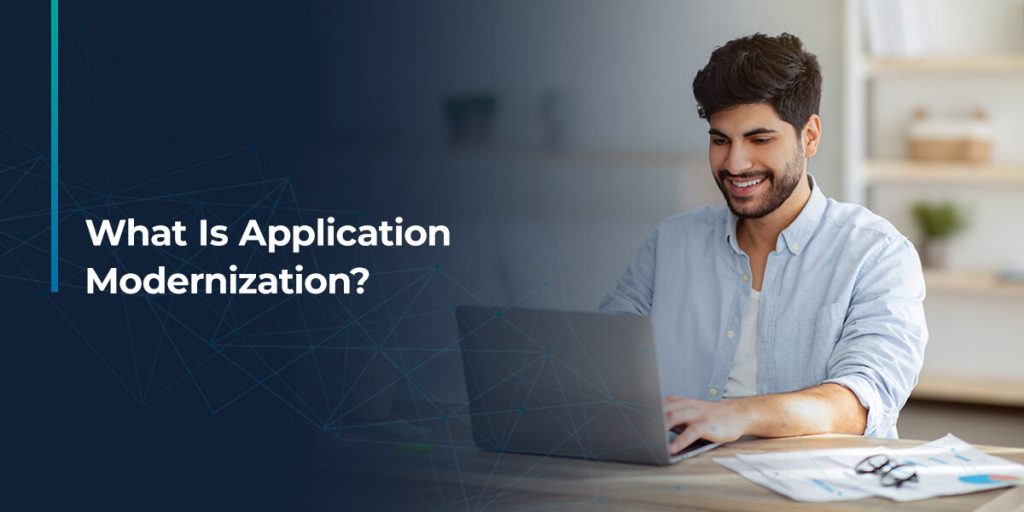
Embracing digital transformation — the process of integrating cloud-based digital technology into every part of your business — is quickly becoming a matter of life or death for most organizations. While details differ from one company to another, one critical component of any successful digital transformation initiative is application modernization.
Application modernization enables companies to gain a competitive edge in the evolving digital business landscape, as well as increase revenue generation and improve customer service.
What Is Application Modernization?
Application modernization, or legacy modernization, is the process of updating existing software to add valuable features and be compatible with a cloud environment.
Many companies are still reliant on aging applications and legacy infrastructure, which limits their ability to adapt to the future. Moving these systems to the cloud enables companies to reap the benefits of cloud technology without needing to replace mission-critical legacy applications, which can be an expensive and lengthy process.
Here are some best practices to keep in mind:
- Prioritize application security: Tighter security is one of the biggest benefits of application modernization, but it’s only achievable if you build it into the entire application lifecycle — as a result, your applications will be secure from deployment onwards.
- Involve employees: Application modernization also involves a change in company culture. Employees need to receive training on new technologies to ensure they have the skill set necessary for modernization success.
- Embrace a modular viewpoint: Traditional application development views your applications as monoliths — single, unified codebases that cannot be broken down. However, taking a modular viewpoint enables you to manage your applications individually, which helps your company become infrastructure-agnostic.
There are various tools and services you can leverage to empower your application modernization strategy.
Common Trends in Application Modernization
For most organizations, the right modernization approach depends on the specific cloud environment the company plans to use. Multi-cloud and hybrid cloud environments are two of the most popular rising trends in application modernization today.
Multi-Cloud Environments
Each cloud vendor offers different features and capabilities, which is why it’s more practical for some organizations to utilize multiple clouds. Adopting a multi-cloud strategy enables companies to take advantage of all the specialized as-a-service offerings they need.
Many organizations leverage this strategy to facilitate cloud application modernization by migrating legacy programs to the most suitable clouds. However, this strategy can often result in an unnecessarily complex application environment requiring significant workload adjustments.
Often, a multi-cloud environment is part of a hybrid cloud strategy, which combines legacy systems with new cloud applications.
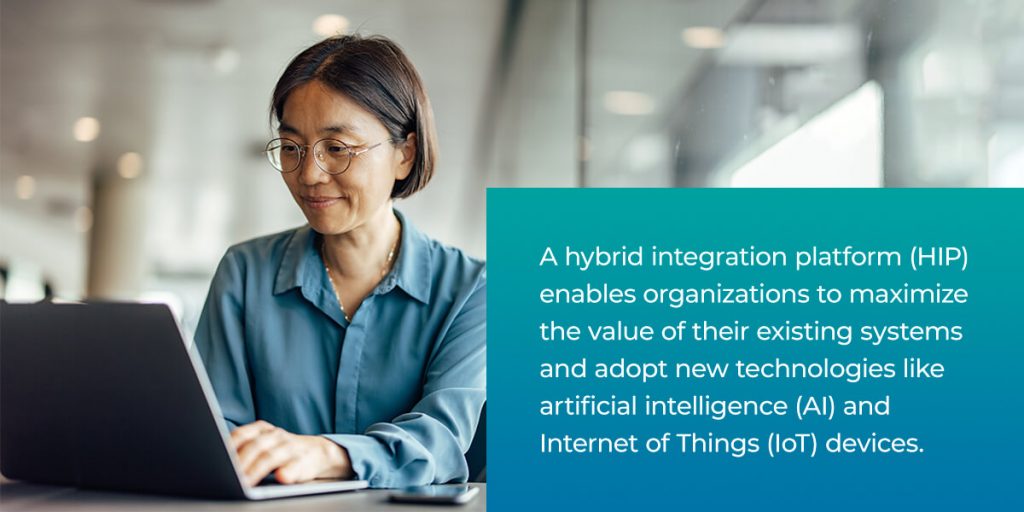
Hybrid Cloud Environments
Many organizations store their most mission-critical data on legacy systems, but these applications are often incompatible with modern cloud architecture as-is. A hybrid integration platform (HIP) enables organizations to maximize the value of their existing systems and adopt new technologies like artificial intelligence (AI) and Internet of Things (IoT) devices.
This approach offers the best of both worlds by providing a simplified, streamlined environment for both cloud and legacy systems.
Why Should Organizations Modernize Their Legacy Applications?
Before beginning the process, clearly map out how application modernization will benefit your organization. This understanding will help increase buy-in among your stakeholders. Some of the most common legacy modernization benefits include the following:
Reduce Costs
Maintaining your current systems may seem like the more cost-effective option, but application modernization can significantly reduce development, maintenance and operational costs.
Development costs are some of the biggest expenses involved with maintaining legacy applications — and as more developers move to modern applications, legacy development and maintenance costs will continue to rise. Moving an application to a modern platform allows you to operate in the cloud and scale as needed without having to invest in extra infrastructure.
Enhance Employee Productivity
When your employees are engaged in their work, they get more done. According to Gallup research, highly engaged businesses experience an 81% reduction in absenteeism and a 14% increase in productivity.
Application modernization can improve employee engagement and productivity by streamlining your digital business systems. A simplified, cloud-based application environment helps users quickly access the programs they need, so they can remain on task throughout the workday.
Additionally, modernized applications can help enhance your company culture. Cloud applications create smoother workflows and support seamless collaboration between team members, providing a more rewarding employee experience.
Tighten Security
Aging technology is vulnerable to evolving security threats such as data breaches, new viruses and Denial of Service (DoS) attacks. Consider the chaos of the 2017 WannaCry ransomware attacks — because some businesses were slow to update their Windows software, hackers took advantage of a system vulnerability to wreak worldwide havoc.
Migrating your applications to the cloud gives you access to the latest security features as they become available, so you can continuously maintain your defenses to prevent external threats from exploiting critical vulnerabilities.
Cloud technology also provides more advanced internal security measures. Use multi-factor authentication (MFA) and other features to only allow authorized individuals to access specific applications.
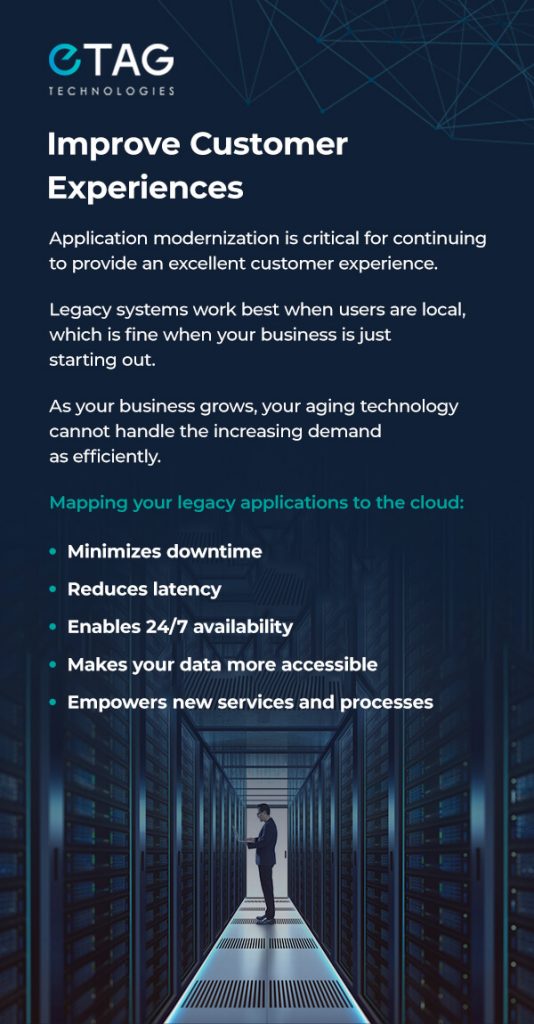
Improve Customer Experiences
Application modernization is critical for continuing to provide an excellent customer experience. Legacy systems work best when users are local, which is fine when your business is just starting out. As your business grows, your aging technology cannot handle the increasing demand as efficiently.
Mapping your legacy applications to the cloud:
- Minimizes downtime
- Reduces latency
- Enables 24/7 availability
- Makes your data more accessible
- Empowers new services and processes
Containerization and microservices — key tools for application modernization — allow your systems to operate at scale, even when your customers are located far from your servers. You’ll be better equipped to adjust to future changes in business demand, enabling you to provide premium customer service.
Build Cloud-Native Applications
When you modernize an application, you alter it to become compatible with a modern cloud architecture — essentially, you’re transforming it from a traditional application to a cloud-native architecture.
Cloud-native applications enable your company to leverage all the benefits of the cloud, such as faster speed-to-market, elasticity, scalability and security updates.
Increase Revenue
Modernizing your applications allows you to create value-added services and features for your customers that enhance the customer experience and create new ways to generate revenue.
Satisfied customers are significantly more likely to provide repeat business and promote your company by leaving positive reviews or telling others in their circles about you.
Gain a Competitive Edge
Digital transformation is critical for staying competitive in today’s increasingly high-tech business landscape. One key part of the digital transformation process is successful application modernization.
Modernized applications live in the cloud, not in on-premise infrastructure. By switching to cloud-native applications, you can increase your organization’s agility and flexibility, enabling you to quickly adapt to the ever-changing demands of the modern day.
Challenges of Application Modernization
Successful legacy modernization hinges on an organization’s ability to strategize effectively. You need to take an approach that will provide the highest value to your organization in terms of technology, functionality, architecture, risk and cost.
A well-designed application modernization process enables you to keep your business running while you make the necessary changes.
Here are some of the most common obstacles companies face when modernizing applications:
- Misaligned teams or goals: Organizational resistance is one of the leading causes of modernization failure. People are often hesitant to embrace new technologies. As long as you can demonstrate how your modernization project aligns with your mission and business goals, it will be easier to get your stakeholders on board.
- Lack of application integration: Legacy applications tend to live in silos, meaning they are segregated from the rest of the organization. In the current business landscape, organizational silos can lead to problems like bad data, inefficiencies and communication barriers. An application integration platform enables you to seamlessly integrate all your applications into one consolidated cloud environment, improving productivity and process efficiency.
- API-only organization bottlenecks: In poorly organized application modernization initiatives, business is often forced to halt for long periods until the new systems are up and running. Fully integrating your applications rather than relying on API functions can help you keep your business running through the modernization process.
- Overly complex tools: Large, complex applications can be difficult to completely modernize through a lift-and-shift option or refactoring approach. By adding an integration layer to the application, developers can eliminate frontend-backend inconsistencies that arise in rehosting and minimize outdated backend function.
- Budget: Modernization can be a significant investment for companies with a large application portfolio, but the returns can be even greater. For example, cloud technology is typically more cost-efficient than legacy infrastructure because it reduces the amount of necessary maintenance.
Using the right tools and planning accordingly can help make your application modernization process more efficient.
Common Technologies Used for Legacy Application Modernization
Organizations utilize a variety of cloud-based application modernization tools in this process, such as:
Cloud Computing
Cloud computing tools are the most essential application modernization services. For context, cloud computing is a broad term that includes any cloud-based service, such as:
- Databases
- Cloud collaboration platforms
- Customer relationship management (CRM) software
Cloud application modernization may involve a public, private, hybrid or multi-cloud strategy, depending on your organization’s needs. These services enable companies to scale applications efficiently and cost-effectively through pay-as-you-go (PAYG) plans. Using the cloud, companies only pay for the storage space and services they use — no sunk costs in buying new servers you only ever fill halfway.
Containers
A container is a lightweight software package that contains all the elements required to run an application. These cloud-centric packages virtualize the operating system, enabling you to run your applications from anywhere.
Containerization enables fast development, efficient deployment and operation at scale, making it an important tool for application modernization. It’s possible to containerize legacy applications, but containers are a better fit for microservice architecture, where each service within an application can be effectively contained.
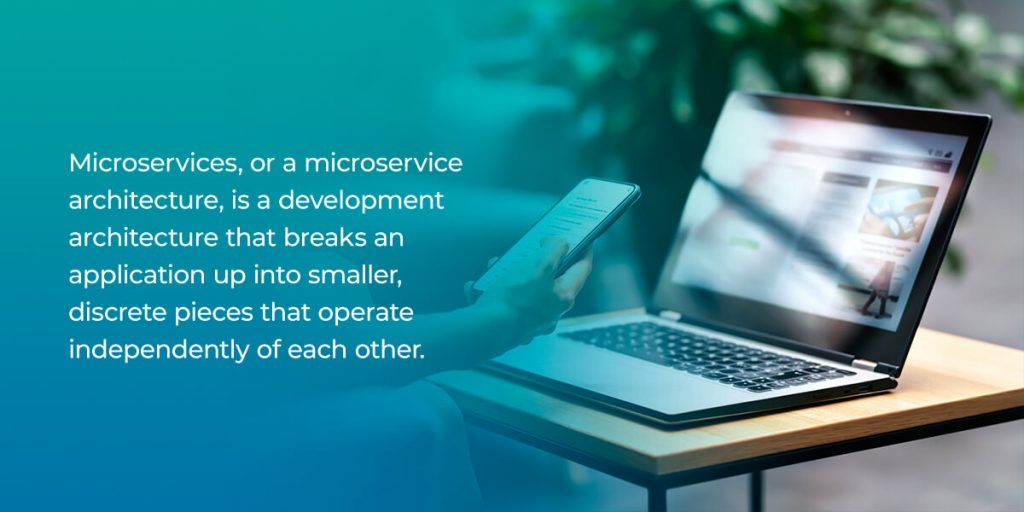
Microservices
Microservices, or a microservice architecture, is a development architecture that breaks an application up into smaller, discrete pieces that operate independently of each other.
Essentially, this approach views the application as a collection of services rather than as a traditional monolith. All the microservices within an application are loosely coupled and interoperable, enabling continuous, rapid, reliable delivery of complex applications.
The microservice architecture enables you to modernize legacy applications that are too large for a lift-and-shift approach by breaking them into their most basic parts and redesigning them for the cloud.
Orchestration
Orchestration is the process of automating a series of individual tasks to run together as a unified process or workflow. In terms of application modernization, orchestration combines tasks such as deployment, scaling and networking.
Digital orchestration helps companies organize all the moving parts that are created in the modernization process. This helps companies maintain platform stability and improve organizational performance.
A digital orchestration platform streamlines application modernization by helping businesses introduce automation into various processes, including network services, APIs and manual IT processes. They can also expand on existing DevOps automation tools’ capabilities, enabling more efficient software delivery.
Process Automation
Robotic process automation (RPA) enables you to maximize your productivity by automating tedious, time-consuming processes that legacy systems would require you to do manually. An effective automation solution enables you to efficiently build and modify pipelines with built-in automation, providing a high degree of business flexibility.
Some examples of commonly automated tasks include:
- Mathematical calculations
- Data entry
- Transaction processing
Key benefits of implementing RPA include cost-savings, higher accuracy and increased organizational productivity.
Common Application Modernization Patterns
Developer teams typically take one of the following approaches to application modernization projects:
- Refactoring: In this approach, developers make major changes to an application’s existing codebase to make it a better fit for a new environment. Refactoring may also include breaking monolithic applications into microservices, which can help organizations maximize the benefits of the cloud.
- Rehosting: Commonly nicknamed the “lift-and-shift” approach, rehosting involves transferring legacy applications from an existing environment to cloud-based infrastructure. This process requires minimal changes to the application’s underlying code or architecture, making it the least intensive modernization approach.
- Replatforming: Replatforming is a moderately intensive approach that involves updating legacy applications to take advantage of the benefits of cloud technologies. This process often involves some modifications to the application’s backend database.
Ultimately, the right approach depends on the application’s complexity and its projected ROI. Before beginning the modernization process, thoroughly assess each candidate application to determine which approach would work best and what benefits a cloud migration can provide.
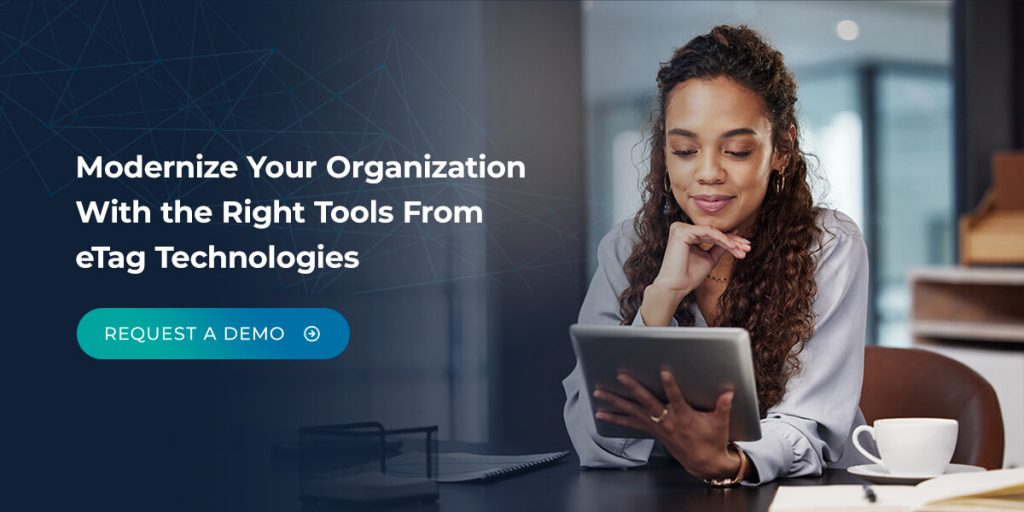
Modernize Your Organization With the Right Tools From eTag Technologies
Bring your organization’s application portfolio into the 21st century with eTag Technologies. eTag Fuse® integrates all your business applications into one unified, highly customizable platform so you can create a cloud environment that suits your company’s unique needs.
eTag Fuse® offers three helpful integrated solutions for modernization:
- Fuse UX Hub enables you to simplify and optimize your modernized work environment so your users can easily access all your internal and external cloud applications. Single sign-on (SSO) further streamlines the environment with a single login for every user.
- Fuse Process Automation provides an intuitive design interface that simplifies the application environment and enables you to build effective pipelines for complete automation.
- Fuse Feedback and Help Center is here to help if you ever run into a problem during the modernization process. With an integrated feedback loop, the solution maintains your platform function and offers helpful features like service desk submissions and notification capabilities.
Keep up with the breakneck speed of today’s digital world with eTag Technologies.
Schedule an eTag Fuse® Demo Today
If your organization is undergoing digital transformation, eTag Technologies can help you achieve your goals. Contact us today to request a demo of the eTag Fuse® platform.

